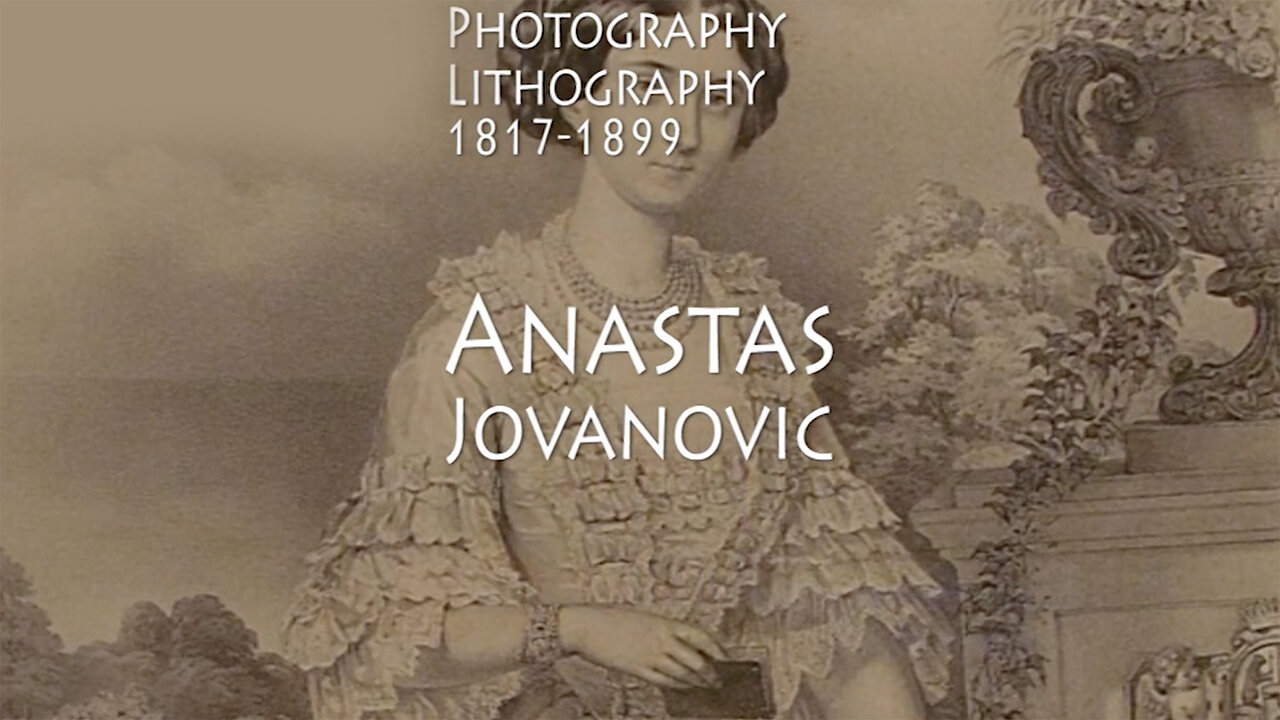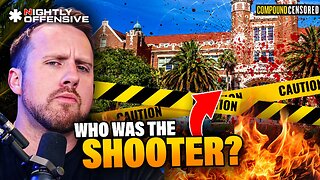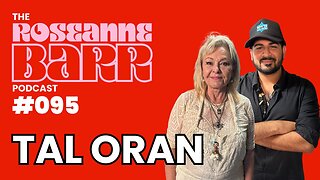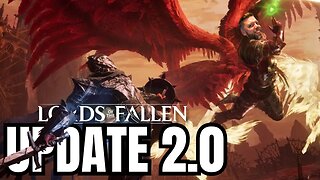Premium Only Content

Anastasia Jovanovic - Photograph (1817 - 1899)
Anastasije "Anastas" Jovanović (1817 – 1 November 1899) was the first Serbian photographer of his time to treat photography as an art form and to capture on film historical events as they were happening. He was the author of the first photographic pantheon of the most significant events and people of his time. He died in 1899 in his Belgrade home.
He was born in Vratsa, an important administrative and garrison city under Ottoman rule in 1817. When Anastas was 9 years old, his father sent him to continue his education in Belgrade, where his uncle worked at the Prince Obrenović sewing studio. In 1830, after the death of Anastas' father, his family moved to Belgrade. But only after one year his uncle who was their support died too.
At that time the artistic talents of Jovanović were recognized by the Prince of Serbia. His mentor Miloš Obrenović I, sent Jovanović, at the expense of the government, to Vienna in 1837 to study painting, graphics, and lithography at the Vienna Academy under the direction of Karl Gsellhofer (art) and Johann Stadler (graphics and lithography). While at the academy he became interested in the invention of Louis Daguerre. He was also among the first photographers to capitalize on this new invention, which was capable of capturing a "truthful likeness" of anyone and anything. Jovanović, of course, became among the first photographers to open a Daguerreotype studio while still in Vienna. When he returned home in 1850, he was also among the first to make portraits using the new daguerreotype method. (The first Serbian photographer, however, to use the daguerreotype was Dimitrije Novaković, according to documents in the Historical Museum of Serbia).
After graduating from the academy, Jovanović was named personal photographer to Prince Mihailo Obrenović as well as the Chief of Prince Mihailo's cabinet.
From the very beginning, Jovanović's ambition was to create a collection of paintings and lithographs of Belgrade. He first painted and lithographed, and then when the new invention came along, photographed its historic buildings, its fortresses, garrisons, statues, shops and streets, and almost every notable Serb of his day.His technique was advanced for its time, and his figures were obviously posed, but the directness and sensitivity of his work demonstrate without a doubt that he immediately recognized the new medium—photography—as an art form. He sold some of his work to Vienna museums, private collectors, and some early photographs to painters for reference. Many of his pictures were printed in Serbian magazines and newspapers.Jovanović's importance was recognized almost immediately by the Serbian government. Exhibitions of his work were first seen in Serbia in 1850 and had a strong influence on the style of young Serbian photographers. Some 892 of his photographs form part of the permanent collection of the Historical Museum of Serbia in Belgrade. His most important portrait studies are: Petar II Petrović-Njegoš; Mihailo Obrenović III, Prince of Serbia; Vuk Stefanović Karadžić; Branko Radičević; Toma Vučić-Perišić; and others. His lithographs of Serbian men of letters (Dositej Obradović) and military leaders (Hajduk Veljko Petrović and Stevan Šupljikac) are equally important from the historical perspective.The portrait tradition of Anastas Jovanović was continued by Milan Jovanović, (no relation) who died during World War II.Anastas' son Konstantin Jovanović (1849–1923) was a prominent architect. Anastas's daughter Katarina Jovanović was a prominent Serbian to German translator.He was awarded the Order of Prince Danilo I.
-
 3:40:07
3:40:07
BrancoFXDC
6 hours ago $3.52 earnedWarzone Rounds - DAY 10 of no Internet
39.9K3 -
 1:17:17
1:17:17
RiftTV/Slightly Offensive
11 hours ago $12.78 earnedMASSACRE at FSU: Who was Actually RESPONSIBLE? | Slightly Offensive
60.7K18 -
 3:18:46
3:18:46
SilverFox
7 hours ago🔴LIVE - HUGE UPDATE! LORDS OF THE FALLEN 2.0
37.6K -
 2:03:46
2:03:46
Roseanne Barr
11 hours ago $23.88 earned"God, Go Get em' Honey" W/ Tal Oran | The Roseanne Barr Podcast #95
113K125 -
 5:53:59
5:53:59
BSparksGaming
10 hours agoLords of the Fallen Version 2.0 Gameplay!
22.5K -
 1:04:45
1:04:45
Donald Trump Jr.
13 hours agoThe Left’s Lunacy Knows No Bounds, Plus Taking Your Questions Live! | Triggered Ep234
149K166 -
 4:05:32
4:05:32
Rebel News
17 hours ago $19.55 earnedLIVE: Rebels react as leaders face off in Day 2 English debate
98.6K65 -
 8:12:58
8:12:58
Phyxicx
11 hours agoMore Halo I guess - 4/17/2025
24.5K -
 37:56
37:56
Michael Franzese
11 hours agoThe Man Who Invented the Mafia: Lucky Luciano
63.8K12 -
 4:28:37
4:28:37
Jokeuhl Gaming and Chat
8 hours agoEmpyrion - Galactic Survival
16.7K